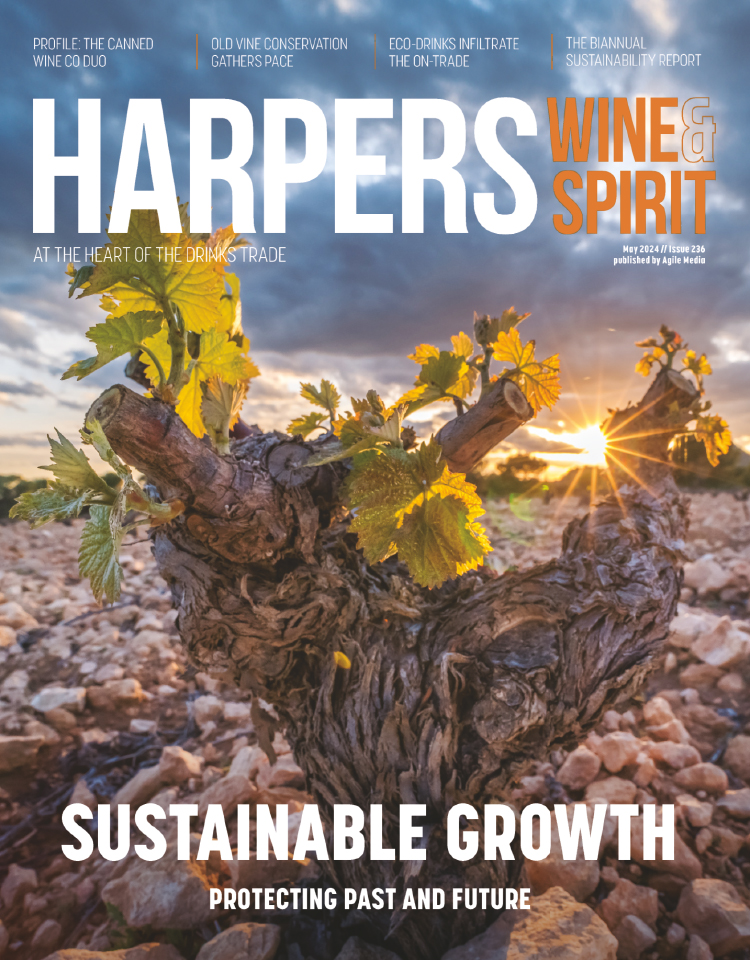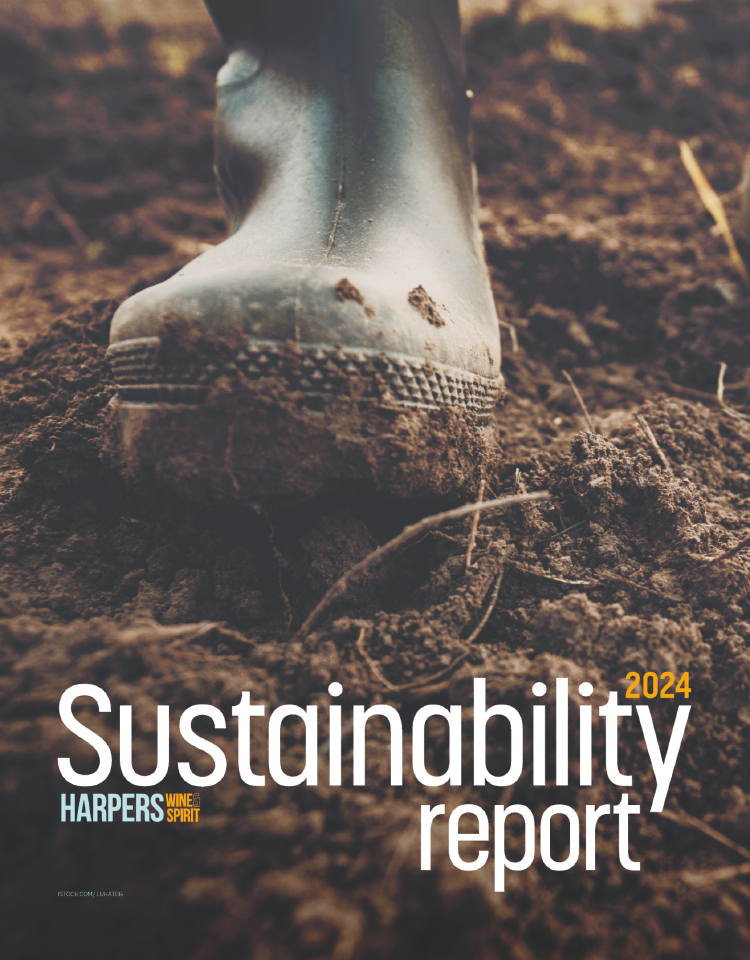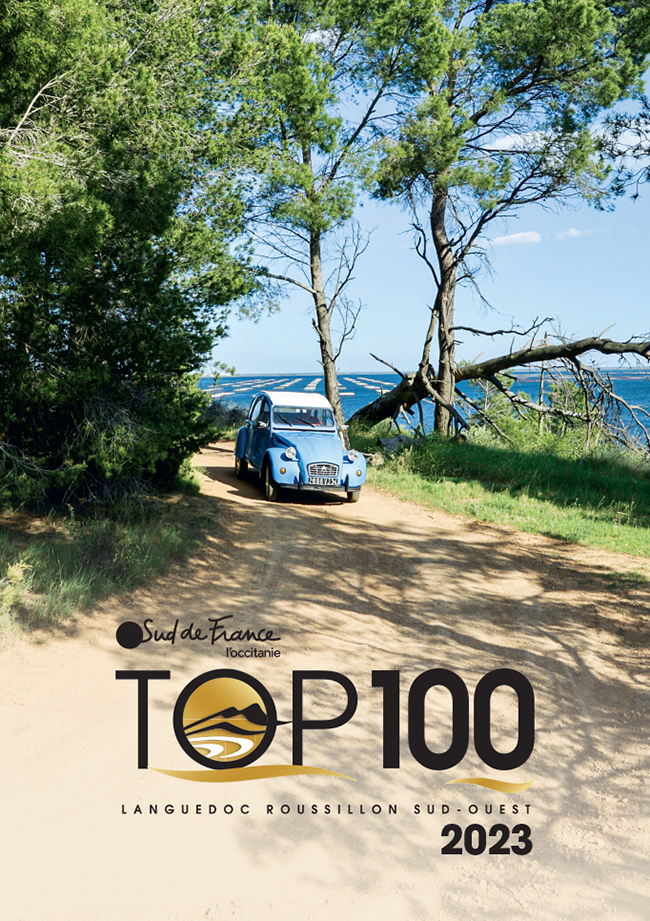
Biondi-Santi: New future for an Italian legend
Legendary Tuscan producer Biondi-Santi, described back in 1932 as the ‘inventor of Brunello di Montalcino’, has seen many evolutions in its 150-year+ history. A recent tasting however, revealed an estate which has benefitted from renewed investment, plus a new CEO, who has continued to lead the portfolio into a new era under French ownership.
As one of the originators of the appellation – and the first to vinify Sangiovese in the area as a varietal wine – Biondi-Santi remains a beacon for traditionally made Rosso and Brunello di Montalcino.
Now in its sixth year at Liberty Wines, a recent tasting revealed a new chapter for the winery. It has a new CEO in Giampiero Bertolini, who joined from Frescobaldi in 2018. Since then, he has continued to push forward with a number of new and existing research studies, including a parcelisation project, which has since identified a total of 12 plots across the estate’s 32 ha and is currently studying their unique characteristics.
- Read more: Garda DOC comes of age
Today, the estate’s legacy is far-ranging. The Sangiovese clone which bears the family name, BBS11 (Brunello Biondi-Santi 11), was identified and officially registered with the University of Florence in the 1970s, and today is used by regions such as Heathcote in Australia. Though, strict permissions remain surrounding who can use the clone and where, today, it is still quite literally a highly important part of the estate’s DNA, with approximately 60% of Biond-Santi’s production currently made from this clone.
At a dinner hosted by the estate on Monday, Bertolini said: “[Fifth generation winemaker] Franco was a visionary in a period where Brunello was not easy to sell. He decided to do something very special: a vertical tasting covering 100 years, which nobody in Italy could have done, because no one had wine from 1888 to 1988. And, the 1891, which was the second wine ever produced by Biondi-Santi, was rated 100 points. So, that was something that really put not just Biondi-Santi, but Brunello, in a different league, because no one could believe we could produce this kind of freshness after more than 100 years.”
In recent years, Biondi-Santi has been navigating the waters of new ownership. Owned by the family since the 19th century, the estate was forced to navigate its way through something of a “vacuum period” between 2013 and 2016, as the estate passed between the stewardship of the elderly Franco Biondi-Santi and his successor Pedro, who was still fairly young at the time.
Now, the estate is owned by Christofer Descours – the same group which owns Charles Heidsieck and more recently, Isole e Olena. It currently boasts 33ha set across Montalcino’s famous hill, with vines dating back to the 1930s – some of the oldest in the DOC.
“Today, we are looking to the future of Biondi-Santi,” Bertolini said. “We’re running our parcel study with a consultant from Chile, scanning our 33 ha to learn about the soil, which ranges from schist at the top of the hill, to clay at the bottom.
“It’s all Sangiovese, so it’s highly important to understand what each parcel adds to the blend.”
Another research piece includes the study of organic materials in the soil, which have in turn informed changes in the vineyard. They are now “not as clean, but have many cover crops helping to rebuild the soils and micro-fauna”, Bertolini said.
He continued: “We spend 600 hours in the vineyard, every year. The average in Tuscany is 2-300. But we have to do it. The vineyards are so warm, now. Global warming has had a huge impact, from 2003 onwards.”
Faced with such challenges, the estate has been experimenting with hail nets as a form of shade for the vines. A total of 7ha out of 33ha have also been planted as a result of the vine study programme, alongside new experiments with massal selection.
“Sangiovese is a very sensitive varietal, so it needs different clones in order to work in different soils,” Liberty chairman David Gleave said.
“The parcelisation study is very interesting. There are ongoing, but already we can see which areas ripen early and therefore make them ideally suited to the rosso wines, for example.”
The estate has been on a journey in recent years. Bertolini points to what he calls “lacking investment” in the 2010s. However, he jumped at the chance to make the leap from Fescobaldi in 2018, based on the strength of the project.
Today, the vineyards might be less clean – but the wines are more so. They benefit from smaller vat sizes – each one reflecting a carefully selected parcel, which then ends up in the final blend – and also, more time in bottle.
The Brunello di Montalcino 1999 ‘La Storica’ is one of the links in Biondi-Santi’s unbroken chain of heritage Riserva wines, now dating back 43 years, with a new release reaching the market once every three years. This, in particular, showed the effect of prolonged ageing, while the Rosso di Montalcino 2020 offered a fantastic counterpoint, showing beautiful fresh fruit from the clay soils.
“We knew this was the impact from clay, already. But we were able to prove it with our parcelisation study”, Bertolini said.
The most recent Riserva wine, the Brunello di Montalcino Riserva 2016, which was presented on Monday, is a welcome addition to Biondi-Santi’s legacy, showing its characteristic “colour, acid and freshness”.







